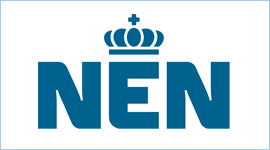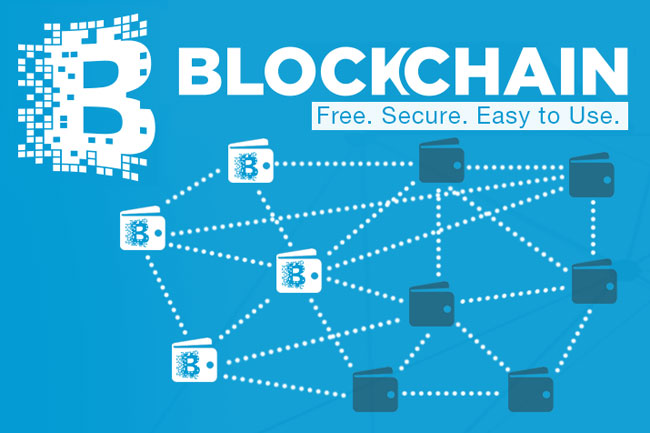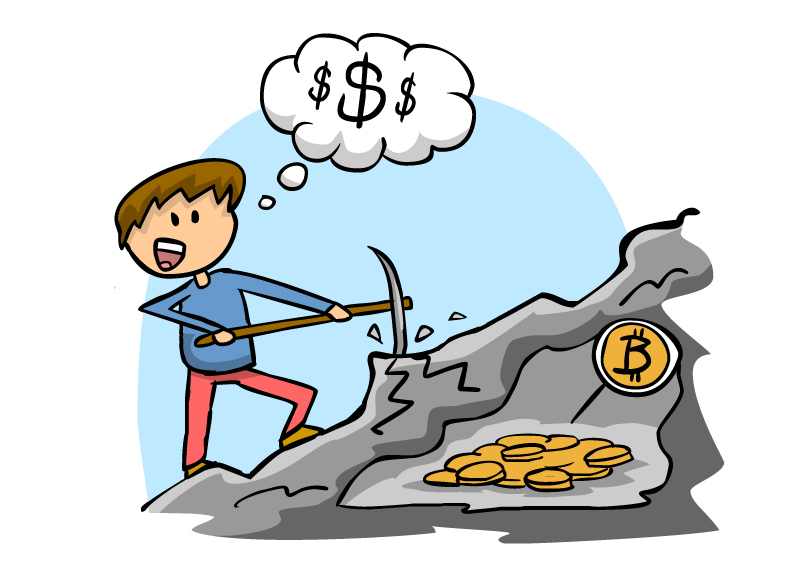Introduction
Netherlands Standardization Institute (NEN) has been supporting the standardization process in the Netherlands for over 100 years. Standards are often voluntary agreements between market players that joined one of NEN’s 480 standardization committees. They are laid down in documents managed by a standards organization, such as NEN. Popular standards include ‘ISO 9000 – Quality management’ and ‘NEN 7512:2015 – Health informatics – Information security in healthcare – Requirements for trusted exchange of health information’.
NEN is currently managing over 33.000 standards, which are available on their online store or for sale at their office in Delft. As some of the standards are required to be used by Dutch law, part of these documents are made ‘open access’ to the general public. Because NEN is a non-profit business organization, the profit margin on the sale of these standards is minimal. Parties interested in the standardization procedure bear part of the costs of the standard development process. This income, together with the proceeds from the sale of standards and the transfer of knowledge in training programs, ensures that NEN can carry out all its duties.
Standard development process
The development of a standard usually takes a few years and is divided into several stages. The first stage in the development of a standard is understanding the market demand and create a new work item proposal (NWIP). When there is enough support, stakeholders will be approached in the preparation stage. When there are enough interested stakeholders, the committee stage will occur. A committee will be formed out of the stakeholder’s pool. This committee will discuss the content of the new standard in the enquiry stage. This will occur in around-the-table meetings. Standards will be saved in Microsoft Word documents. The documents will be saved in a database called the ISOlutions program and automatically shared with other committee members. After the committee discussed and confirmed the content of the standard, there will be a ballot in the approval stage. Whenever there isn’t a majority supporting the standard, the content will be reviewed in the enquiry stage. However, if there is a majority, the standard will be approved and published in the publication stage (ISO, 2016).
Current model
The current strategy of NEN to consult its customers is to reach out through press releases. In this way, certain parties know that NEN is about to undertake a new activity that they might find interesting to join or comment on. A press release is shared on NEN’s own website (www.nen.nl) and send to specific publishers of magazines in a field coherent with the activity to reach experts on that field. Additionally, these press releases are shared in one of NEN’s sixteen email newsletters. Another more recent method of reaching out to potential customers is to share these press releases on LinkedIn with the aim of reaching a different audience (i.e. the audience that does not visit NEN’s website or reads these magazines/newsletters). However, as LinkedIn is not convenient for this approach and limited in terms of reachability (i.e. articles are usually only shared within NEN’s existing network) this method is not as effective.
Disruptive model
Through a community all stakeholders can get involved in the process of drafting standards: a community will make it easier to get in contact with other stakeholders to interact with a centralized system. Additionally, questions can be asked and answered among other stakeholders who are in the same field and therefore have a lot of inside knowledge. Also, by being active in the community answering questions, these experts will be more visible for third parties bringing additional value. Also, NEN deals currently with 150 questions a day about the norms. This can decrease when stakeholders can ask the questions in the NEN community and therefore will save NEN a lot of time.
A prospective community can be combined with NENCrowd (NEN’s crowdfunding platform) to offer additional benefits to backers. In this way, price differentiation is realized and thus a larger potential customer base can be served. This also works vice versa: If NEN’s prospective community attracts a lot of users, more and more people are getting involved. This can cause an increase in financial contributors.
Thank you for reading! Team 76
References
ISO (2016). ‘Voting and membership in ISO’ retrieved 11 October 2016, from
http://www.iso.org/sites/ConsumersStandards/voting_iso.html
www.NEN.nl






